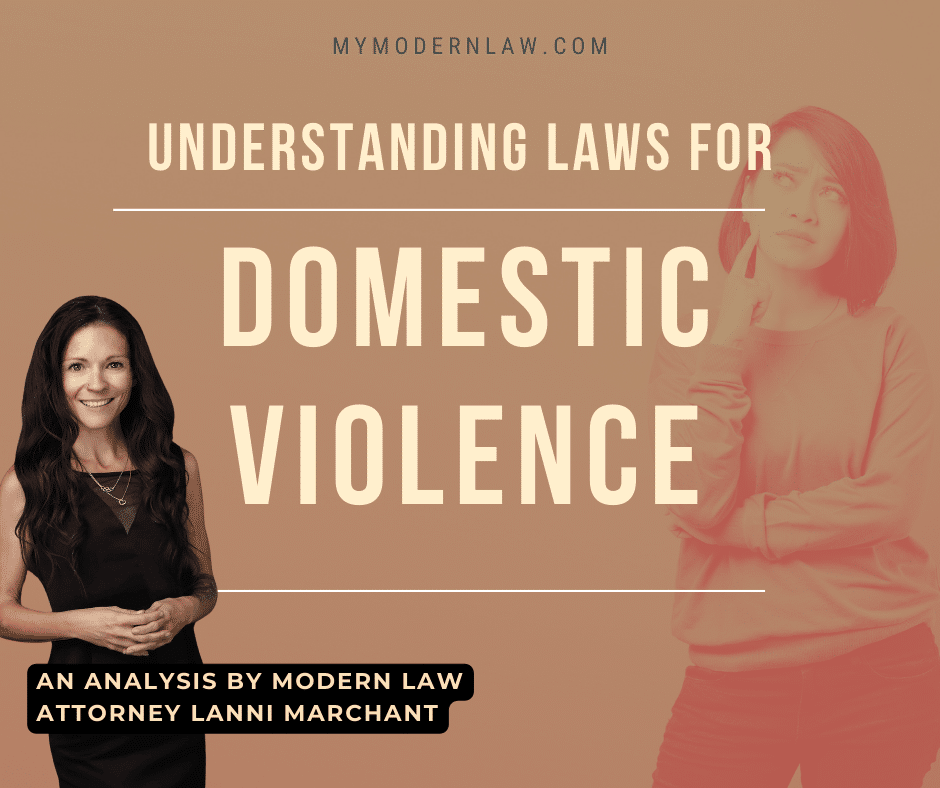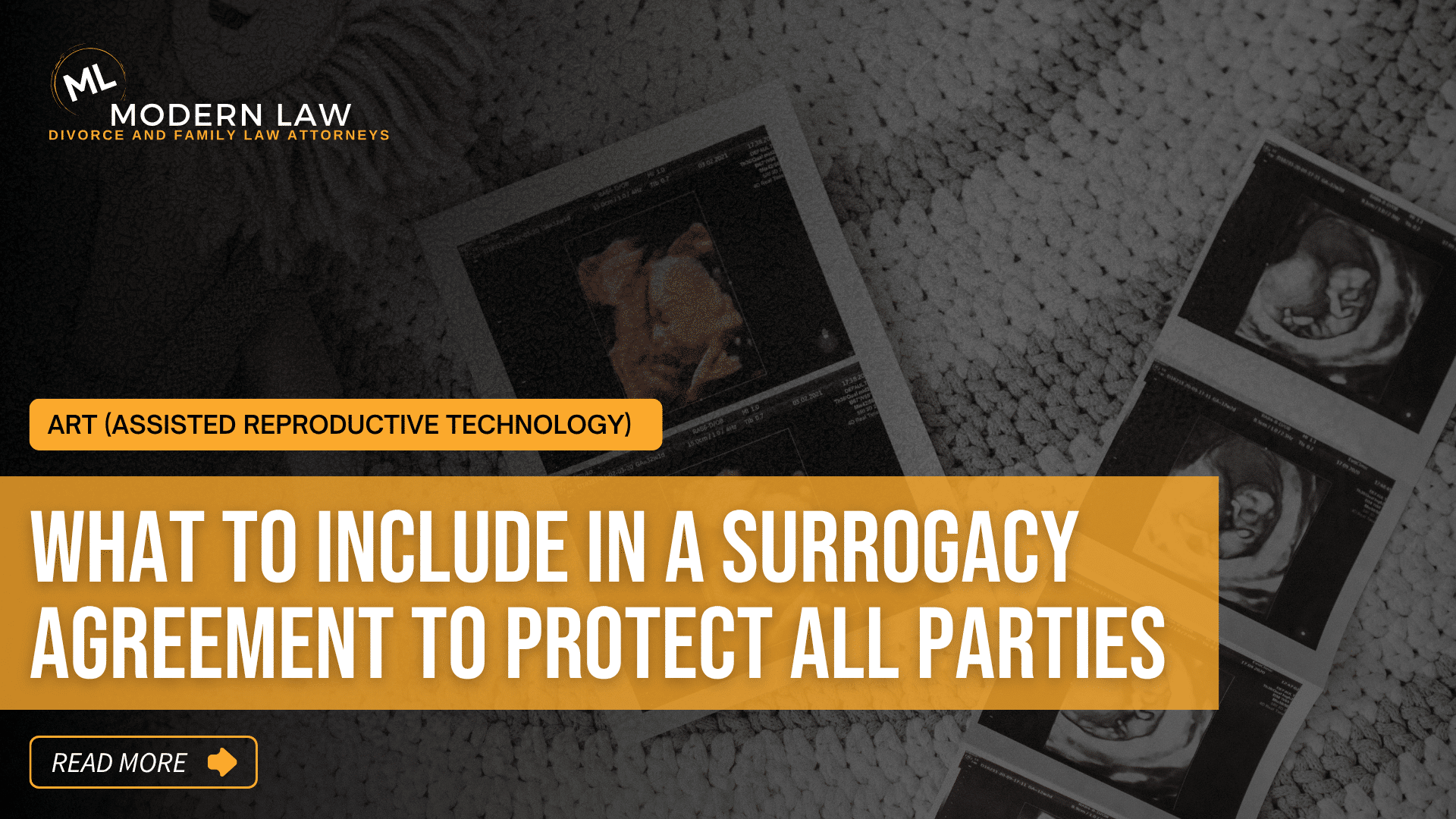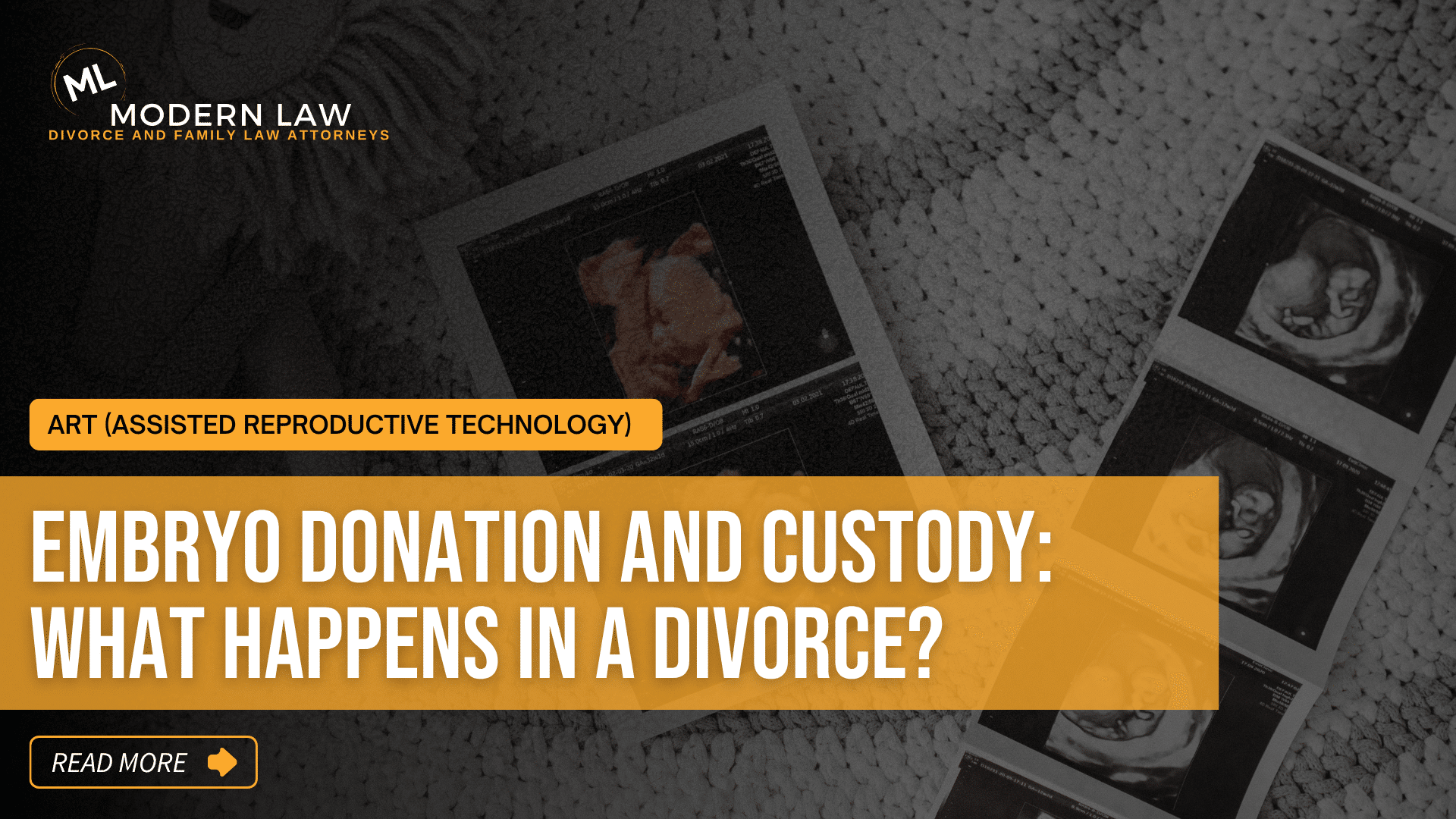Can parental alienation be considered domestic violence?
A groundbreaking case in Arizona has ignited discussions within legal circles, particularly in family law, regarding the classification of parental alienation as domestic violence. At Modern Law, this subject was part of a presentation by attorney Lanni Marchant who was working on a case involving this very issue, prompting her analysis of the three categories of domestic violence in family law Under Arizona Revised Statutes (ARS 25-403.03), and how they affect legal decision-making determinations
Key Legal Insights:
Marchant’s examination starts with the premise that domestic violence, as outlined in ARS 25-403.03, fundamentally shapes decisions on legal decision-making authority. She identifies three prongs of analysis to determine domestic violence when:
- There’s significant domestic violence based on statutory grounds under ARS 13-3601.
- There’s significant history of domestic violence, which does not require that any of the acts of domestic violence to have been significant. Instead, the court considers whether the combination of the acts or courses of conduct overtime demonstrate a significant history of domestic violence. This can include patterns of behavior where a party exerts control over another, invokes fear or causes harm, deprives a party of personal and financial independence, etc.
- The act of domestic violence does not need to be significant but it must cause or attempts to cause sexual assault or serious physical injury; or places a person in a reasonable apprehension of imminent serious physical injury to any person; or engages in a pattern of behavior for which a court may issue an ex parte order to protect the other parent, or the child(ren).
A crucial aspect Marchant highlights is the lack of clarity within the statute on what constitutes “significant” domestic violence. She argues that the court can infer significance using a three-factor test, evaluating the seriousness of the incidents, the frequency and pervasiveness of domestic violence, and the passage of time and its impact on the victim.
The Implications for Parental Alienation
The court’s interpretation of parental alienation as domestic violence is a landmark understanding, yet it navigates a gray area of law. Marchant suggests that although parental alienation doesn’t always neatly fall under statutory definitions like custodial interference or harassment, it could nonetheless be construed as a significant history of domestic violence when it demonstrates a consistent pattern of behavior that undermines the child’s relationship with the other parent.
The Challenge of Dual Perpetration
An interesting challenge arises when both parents may have committed acts of domestic violence. The current legal framework does not provide clear guidance for such scenarios, often resulting in appellate courts remanding cases for a more nuanced analysis.
Conclusion
Marchant stresses the importance of a meticulous judicial examination that doesn’t blend different categories of domestic violence. She also emphasizes the need for clearer definitions to guide future cases, advocating for the adoption of concrete legal standards to provide a foundation for court decisions. “We need the framework defined, so that the courts do not continue to conflate the different categories and prong subparts, she adds.
For Clients:
Understanding the implications of domestic violence on custody and legal decision-making is crucial. This case highlights the evolving nature of family law and the recognition of psychological factors, such as parental alienation, in legal outcomes. It’s a reminder of the legal system’s complexity and the need for skilled legal representation to navigate these waters.
For Attorneys:
Marchant’s analysis underscores the importance of a detailed understanding of ARS 25-403.03 and its interplay with domestic violence in family law cases. The discussion invites attorneys to examine the statute’s nuances, challenge vague legal standards, and consider innovative arguments in complex custody cases. It’s a call to the legal community for more precise advocacy and judicial clarity in a profoundly impactful area of law.








